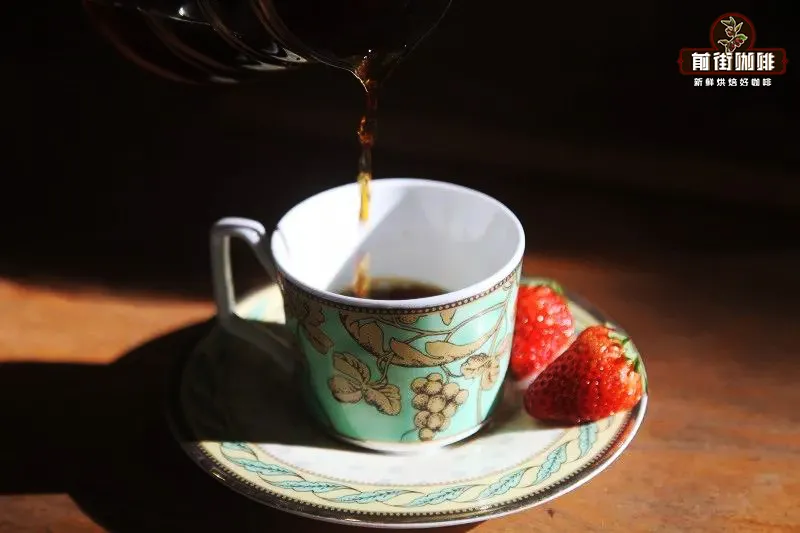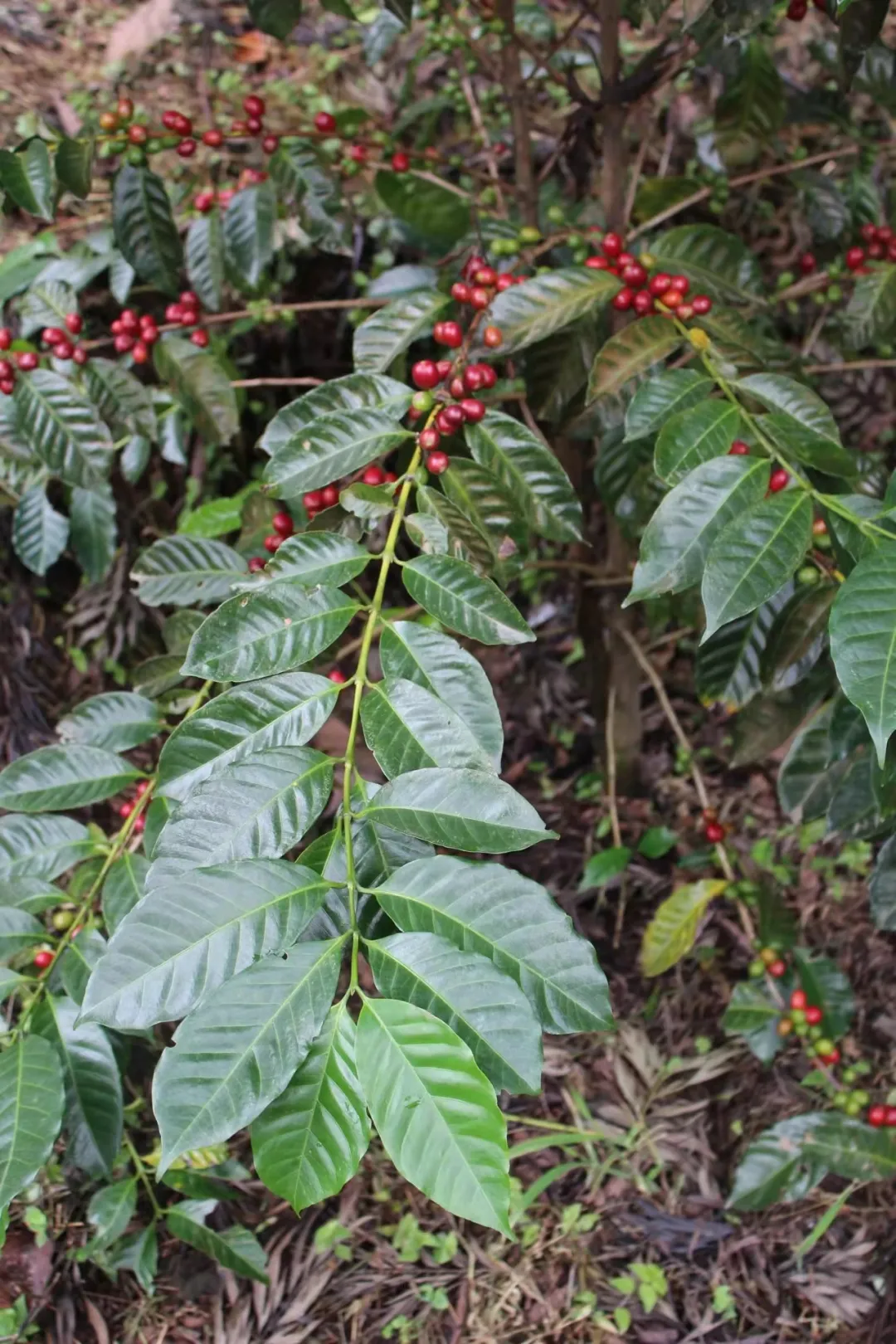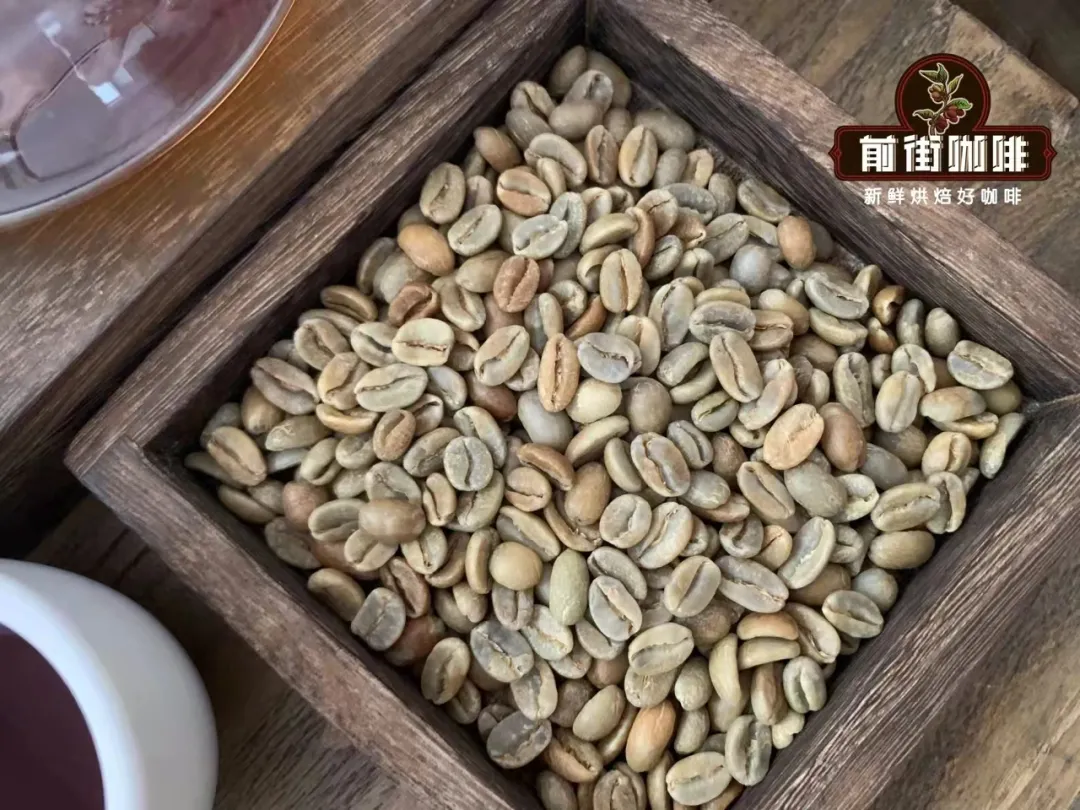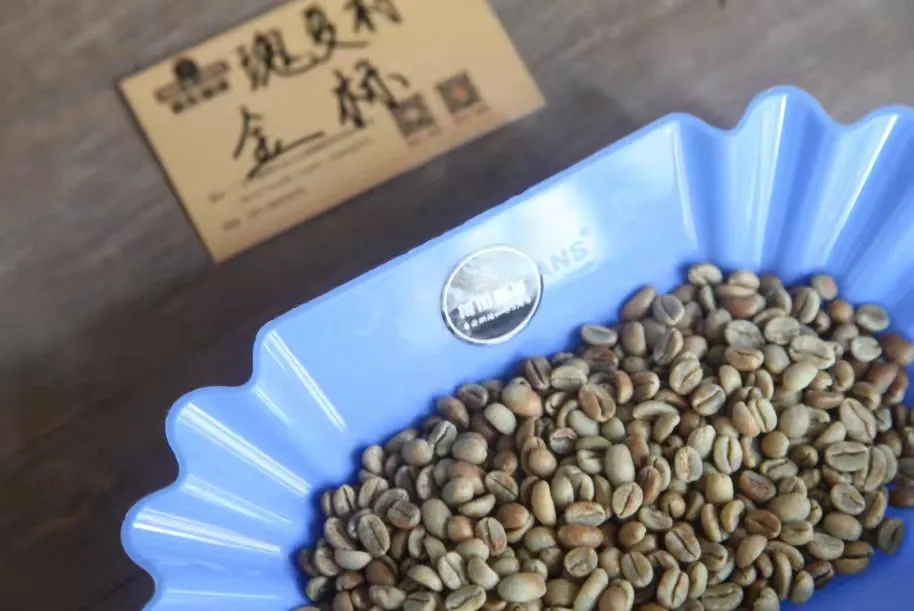Difference in flavor characteristics of coffee beans between Panamanian and Ethiopian rose summer what is the real taste of rose summer
Panama is the birthplace of rose summer, and biologists have determined that Ethiopia is the birthplace of rose summer through genetic comparison. So it is inevitable that we compare the rosy summers of Panama and Ethiopia.
The front street compares the rose summer of Panama with that of Ethiopia. Although they both have excellent acidity and fragrance of flowers, they are obviously different from each other in terms of flavor description. The rosy summer of Panama has obvious aromas of jasmine, citrus (berries), rich honey, soft and comfortable as a whole. The rose summer of Ethiopia also has the fragrance of flowers, and the main tone is a very rich sense of juice (orange juice), full of Ethiopian explosive fruit flavor.

Rosa is famous in Panama. Before 2004, no one knew the name of "Rose Xia". At that time, the Jade Manor planted this variety only as a windbreak (at that time, it was not distinguished from other coffee trees and used to be a "border guard"). Later, the Jade Manor found that the flavor of this variety was amazing, so it was screened and treated alone. It won the championship of BOP in 2004, and the name of Rose Xia also spread all over the world. Therefore, Qianjie will regard the flavor of Panamanian rosy summer as authentic.

What does the summer of Panama have to do with Ethiopia? Now the mainstream theory is that the summer of Panama spread halfway across the world from Ethiopia. In 1931, plant experts sampled and studied in the Kafa forest in Ethiopia. The purpose of this sampling is to find out the best varieties of disease-resistant species collected in the Kafa forest during the leaf rust outbreak in 1860 (when tree species were collected and selected and screened in Kenya). French biologist Jean-PierreLabouisse later verified the clue and found that the coffee beans originally marked Rosa Mountain came from different trees, which means it is not just a kind of Rosa coffee. The seeds marked with roses were shipped to Kenya for breeding and sample investigation in 1931 and 1932. It was sent to Uganda and Tanzania in 1936. In 1953, the Tropical Agricultural Education and Research Center in Costa Rica introduced the Rosa experimental species planted in Tanzania to China and put it on file under the serial number "T2722". In the 1960s, Mr. Don Patch of Don Patch Manor in Panama introduced the rose summer variety from the Center for Tropical Agricultural Education and Research in Costa Rica, initially on the grounds of resistance to leaf rust. So Don Patch also shared these varieties with other estates. Until the rosy summer of 2004 exhaled and raised his eyebrows.

So from this statement, we can basically understand that the rose summer of Panama is only one of the many "rose summers" in Ethiopia. And it was only after many twists and turns that it was found to be of good quality after taking root in Panama for 40 years. This is the second reason why the flavor of Panamanian rose summer is different from that of Ethiopia, that is, the local environment is different. There is also an old saying that tangerine is born in Huainan and trifoliate orange in Huaibei. In terms of the appearance of raw beans, there is also a great difference between Panama Rose Summer and Ethiopia Rose Summer. The raw bean characteristics of Panama Rose Summer are more recognizable, "pointed at both ends, long strips, fat and full-bodied beans with large particles". Ethiopia's Rose Summer is "a little smaller, but not that long".

Panamanian jadeite blue standard (above); gold standard of Essel summer village (bottom).

Therefore, apart from the fact that everyone is called "Rose Summer" in Chinese ("Geisha" in Ethiopia and "Gesha" in Panama), as well as the genetic similarity and vegetation characteristics compared by botanists, they are two types of coffee in terms of flavor and bean appearance. Just like the tin card planted in Indonesia and Panama, it has the same characteristics in terms of vegetation characteristics and two types of coffee in terms of flavor.
Important Notice :
前街咖啡 FrontStreet Coffee has moved to new addredd:
FrontStreet Coffee Address: 315,Donghua East Road,GuangZhou
Tel:020 38364473
- Prev

Coffee grinder cleaning and maintenance course Operation hand Mill and Electric Mill how to clean coffee powder
Nowadays, many friends like to grind beans and make coffee at home. Of course, there are also many friends in Qianjie to inquire about the question of buying bean grinders. According to the unified reply here, Qianjie is not a professional mechanical evaluation, and most of the front streets of bean grinders on the market have not been experienced, so which bean grinder is not recommended point to point.
- Next

What if the coffee is too strong or too weak? What is the appropriate concentration of Manning coffee?
Coffee is too strong and easy to feel uncomfortable, too light and feels no different from water. The so-called "brushing water" is actually improper extraction mixed with too much water to cause the coffee to be too light. In hand-brewed coffee, the easiest way to change the coffee concentration is to adjust the ratio of powder to water. If you want the coffee to be strong, you can bet less.
Related
- Beginners will see the "Coffee pull flower" guide!
- What is the difference between ice blog purified milk and ordinary milk coffee?
- Why is the Philippines the largest producer of crops in Liberia?
- For coffee extraction, should the fine powder be retained?
- How does extracted espresso fill pressed powder? How much strength does it take to press the powder?
- How to make jasmine cold extract coffee? Is the jasmine + latte good?
- Will this little toy really make the coffee taste better? How does Lily Drip affect coffee extraction?
- Will the action of slapping the filter cup also affect coffee extraction?
- What's the difference between powder-to-water ratio and powder-to-liquid ratio?
- What is the Ethiopian local species? What does it have to do with Heirloom native species?

